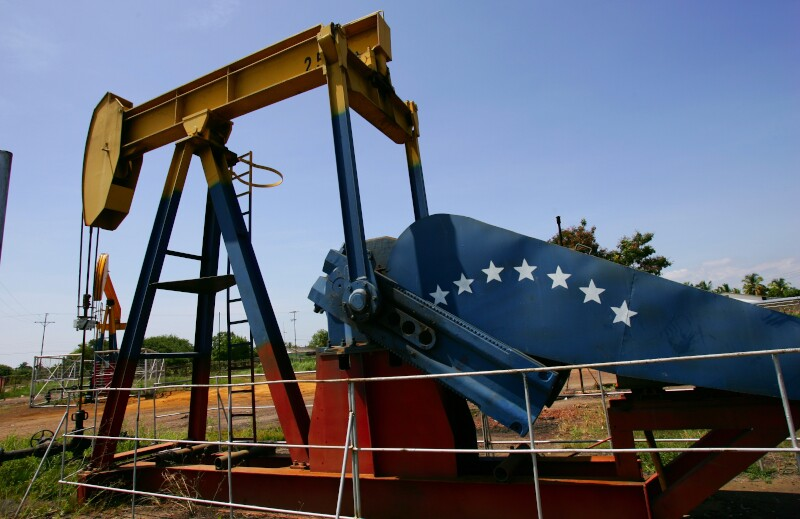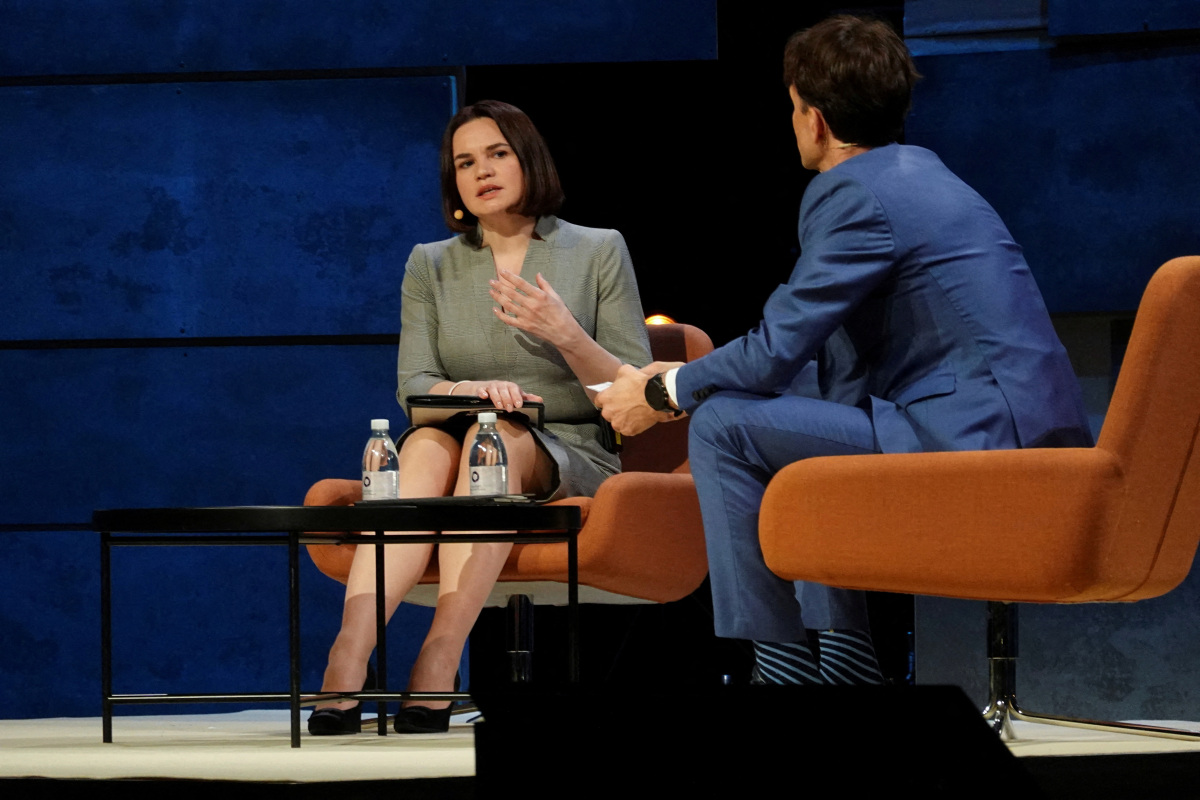* This is a contributed article and this content does not necessarily represent the views of IBTimes.
Dr Cyril Widdershoven is a veteran global energy market expert and founder of Verocy, a strategic advisory firm
Energy Intelligence
Energy prices in Europe were trending downwards in March, but OPEC’s production cut at the beginning of April has renewed pressures as winter approaches.
In 2022, following Russia’s invasion of Ukraine, finance ministries across the continent doled out vast energy subsidies to head off a precipitous drop in living standards and recession.
They will now struggle to repeat the same generosity in the context of high interest rates and jumpy financial markets.
If consumer rates cannot be cushioned directly, then supply will have to expand to bear down on inflation and start the reversal of tight monetary policy in the US and EU.
This reality has led policymakers to reconsider historic energy suppliers like Venezuela as the West decouples from Russia and OPEC plays hardball.
Despite misgivings about the administration of President Nicolas Maduro, Venezuela’s oil reserves are proven to outsize even those of energy behemoth Saudi Arabia.
The South American nation also boasts enough liquified natural gas (LNG) – which the EU has deemed a sustainable fuel – to play a major part in supporting the energy transition.
Despite this vast mineral wealth, the Trump era saw the US do everything it could to marginalize Venezuela both economically and politically.
In response, Maduro sought closer ties with US foes Russia and China to secure vital supplies and financial support. The Sino-Russian axis was all too happy to oblige.
If this estrangement continues, then the West (and particularly Europe) will not only lose a vital economic lifeline in Venezuela but push the country into the hands of its rivals.
US policy is key to stopping that from happening but remains muddled despite the recent entreaties of Colombia for an end to sanctions.
On the plus side, the Biden administration has rowed back on Trump’s ‘maximum pressure’ approach, its head turned by Venezuela’s energy riches as prices surged in March of last year.
Reconciliation efforts peaked in November when the US government gave Chevron the greenlight to resume pumping oil in conjunction with PDVSA, Venezuela’s state oil company.
Despite this step forward, there is recognition that one major isn’t enough to truly marshal the country’s full energy potential. Moreover, Chevron itself has had to move slowly, seeking permission on a near constant basis from the US for fear of falling outside its remit.
This must all be to the frustration of Europe which needs the oil and gas more than the US, a net energy exporter, and has its own majors that could speed up the process to the whole market’s benefit.
Indeed, even with its present constraints, Chevron has significantly increased production since November.
European producers like ENI, Repsol, and Maurel & Prom, who understandably want a level playing field with their US counterpart, have existing infrastructure in Venezuela and can therefore help to ramp up production at pace.
In recognition of this potential, the Maduro administration has initiated a string of reforms to support private sector operators – a strong foundation for the domestic industry’s rejuvenation.
While the resumption of Venezuelan oil exports in a meaningful sense is not going to crash prices, it would certainly serve as a reprieve from the current OPEC-induced turbulence.
When it comes to LNG, BP measures Venezuela’s proven reserves as the seventh largest on earth and ongoing recertification studies could take it up to third.
This is compelling in isolation, but of extra value when one considers that Russia, Iran, and China – hardly friends of the West – make up three of the top six.
In addition, Venezuela’s natural gas can easily be exported via US-licensed, Shell-operated facilities in Trinidad & Tobago, thereby supporting Europe’s long-term plans to greenify its energy mix.
While European and British producers are technically limited only by their respective governments, their extensive US operations make them beholden to the policies of the Biden administration.
They therefore need legal clarity from the US government on the ‘what, where, and with whom’ of operating in Venezuela. Only then can the taps be turned on and Europe bolster its energy security before temperatures drop.
While the country’s resources are seemingly unbounding, the Venezuelan play as it stands won’t be on the table forever.
As mentioned, a collapse in living standards under US sanctions pushed the Maduro administration towards Russia and China in search of financial and humanitarian aid.
The Sino-Russian axis, with its commitment to ‘limitless cooperation’, represents an economic and geopolitical alternative to the US-led West not just to Venezuela but to non-aligned states across the globe.
While Iran surprised no one by joining the axis, there is certainly concern in Western foreign policymaking circles about hydrocarbon heavyweights like Saudi Arabia and the UAE both tilting eastwards and refusing to sanction Russia for its war in Ukraine.
In this reality, the US’ sanctioning of energy-rich Venezuela into the laps of its antagonists is both a strategic error and a missed opportunity for Europe’s energy salvation.







